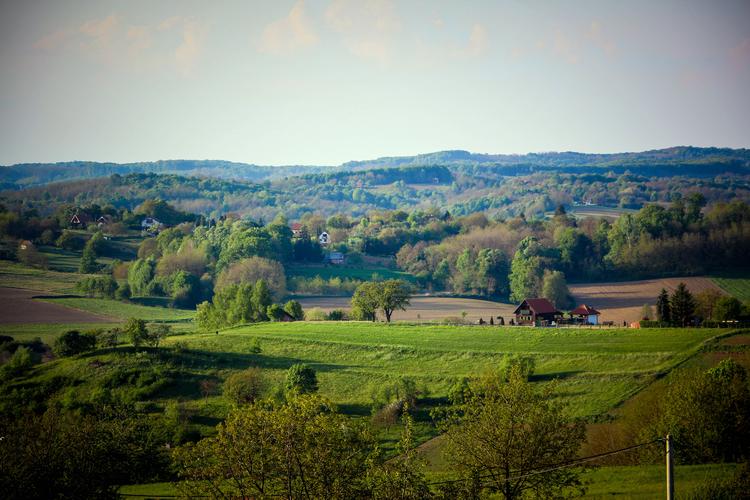The Dark Side of Tradition: A Look into the World’s Most Gruesome Cultural Practices
Traditions have always been deeply ingrained in human culture. They are an essential part of our identity, helping us to understand where we come from and where we are headed. However, there is a dark side to tradition that is often overlooked – the horrifying cultural practices that have been carried out for centuries in certain parts of the world. In this article, we will take a look at some of the most gruesome cultural practices that continue to exist to this day.
Female Genital Mutilation
Female genital mutilation (FGM) is a centuries-old cultural practice that involves the cutting or removal of a girl’s clitoris and labia. It is typically performed on girls before they reach puberty and is believed to be a rite of passage to womanhood. FGM has no health benefits and can result in severe pain, bleeding, and infection. It can also lead to complications during childbirth and sexual intercourse. Despite efforts to ban the practice, it is still prevalent in many countries, particularly in Africa.
The Blood Eagle
The Blood Eagle was a Viking tradition where the victim’s ribs were cut apart, and their lungs were pulled outward to resemble wings. The victim was then left to die a slow and painful death, with their ribs acting as a cage for their lungs. The Blood Eagle was typically carried out on enemies of the Vikings, and was believed to be a form of exemplary punishment. The practice was banned in the 11th century but remains a chilling reminder of the brutal Viking era.
Cannibalism
Cannibalism is the practice of eating the flesh or organs of another human being. It has been practiced by many cultures throughout history, often as a form of ritual or as a way to gain strength from the dead. In some cases, cannibalism was used as a form of punishment or to display power over enemies. Although cannibalism is now universally condemned, there are still reports of the practice in some parts of the world.
Witch Hunts
Witch hunts were a common practice in Europe and North America from the 15th to the 18th centuries. Thousands of people, mostly women, were accused of practicing witchcraft and were executed in a variety of horrific ways. Many were burned at the stake, drowned, or hanged. The witch hunts were based on superstition and fear, with many innocent people being accused and executed without evidence. The legacy of the witch hunts continues to this day, with accusations of witchcraft still prevalent in some parts of the world.
Conclusion
Cultural practices are an integral part of human identity. They help us to understand our past and shape our future. However, there is a dark side to tradition that must be acknowledged. The cultural practices outlined in this article are a stark reminder of the cruelty and brutality that can be inherent in some traditions. It is our responsibility to work towards ending these practices and ensuring that all cultures are respected and treated with dignity.
(Note: Do you have knowledge or insights to share? Unlock new opportunities and expand your reach by joining our authors team. Click Registration to join us and share your expertise with our readers.)
